Tips for Volunteers: Hammer Time
Guest blog by CJ Fitzsimons, Women Build Regular Volunteer and Women Build Steering Committee Member
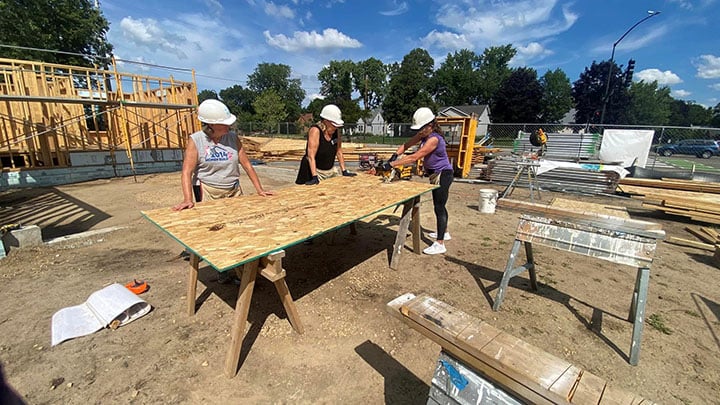
Guest blog by CJ Fitzsimons, Women Build Regular Volunteer and Women Build Steering Committee Member
Hello, Twin Cities Habitat for Humanity community! My name is CJ, and I'm here to share a few tips for using electric saws. One of the best things about volunteering with Twin Cities Habitat is that no experience is needed. Our friendly site supervisors provide training. However, keeping these tips in mind will help you cut it!
Many people haven't used an electric saw. If that's you, I'm here to help you be confident enough to raise your hand to give it a try next time you volunteer.
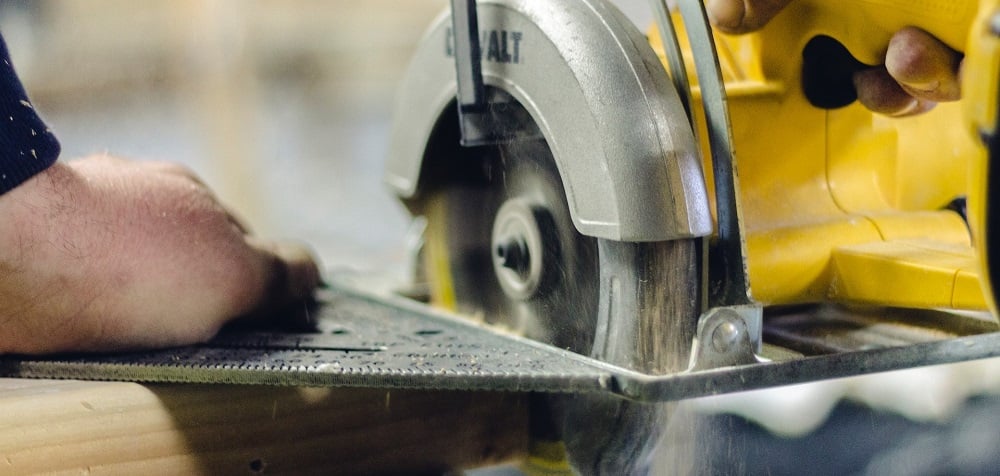
Different blades cut different materials. For simplicity's sake, I'll refer to cutting wood.
Bonus: A reciprocating "rip" or "sawzall" saw is versatile and mainly used for demolition or non-precision clean-up cuts of leftover material.
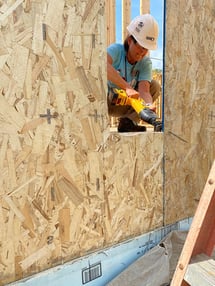
Please use the hearing and eye protection provided on site. Before using a saw, ensure the blade is sharp and secured, blade guard intact, and blade depth plate locked. Also make sure there aren't issues with the battery or power cord. Replace damaged or dull blades—they'll take longer to use, chipping the wood instead of giving it a clean cut.
Tip: Be mindful if you wear gloves or loose items (like scarves, hoodies with strings, or jewelry). The blade may catch and pull the item—or you—toward the saw.
Always disconnect the power before changing or adjusting a blade. Typically, a standard or allen nut secures circular blades. Linear blades usually have a pull, push, or twist-and-release mechanism.
Tip: Believe it or not, you can install blades backwards, so attach the blade with the teeth facing the wood. When in doubt, ask (or take a picture) first.
Tip: Battery-operated saws are more convenient and versatile because they don't need outlets or power cords. They don't have unlimited power, though, so make sure to have a charged spare battery.
When sawing, the tape measure is your best friend. Double check your measurements for the area where the wood will go, and where you mark your cut line on the wood. If you're uncertain, leave the piece longer than necessary. You can always recut, but you can't glue sawdust back.
Tip: A typical saw blade is about 1/8-inch thick. Place the blade on the "toss wood" side with the edge aligned with the "keep" side of the cut line.
Each saw is unique, but these basic steps will work for most. Remember, if you're unsure, please ask first and cut second.
Tip: Never start any saw with the blade touching the wood. This can cause a "kickback" (or "buck" or "bind"), pushing the saw toward you or wood up the blade.
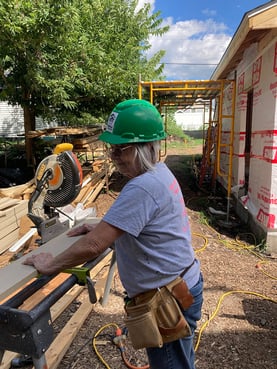
Need to make a linear cut without starting from the edge? Make a plunge cut with a circular saw by tipping the saw forward on the blade guide and slowly pushing or dropping the saw into the wood. Then continue as normal. You can use the same idea for shapes or small areas using a jig or rip saw. Use a drill bit large enough to fit the blade and drill a hole inside each corner or area of the shape. Drop the blade through the hole and start cutting.
Ready to try using an electric saw? We'd love to see you on a build site soon! If you want to try something else, consider volunteering at ReStore. If you're curious about joining me on the Women Build Steering Committee, email Lizzy at lizzy.reilly@tchabitat.org. In the meantime, check out Women Build opportunities! There are many ways to get involved with Twin Cities Habitat's mission.
 CJ Fitzsimons is a Women Build Regular volunteer. She also serves on the Women Build Steering Committee.
CJ Fitzsimons is a Women Build Regular volunteer. She also serves on the Women Build Steering Committee.
Your gift unlocks bright futures! Donate now to create, preserve, and promote affordable homeownership in the Twin Cities.
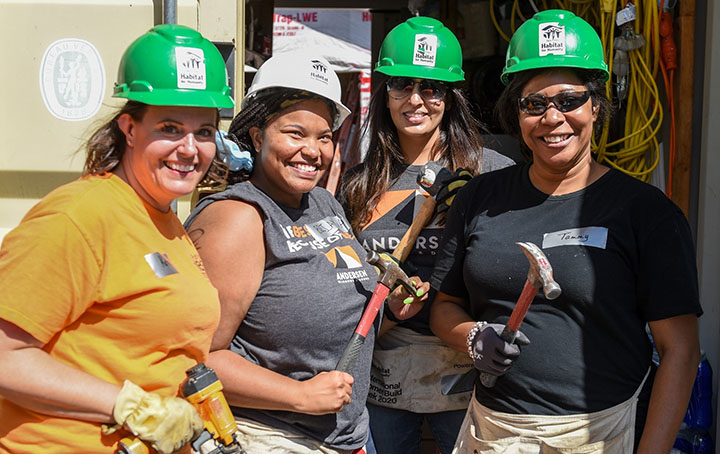
Guest blog by CJ Fitzsimons, Women Build Regular Volunteer and Women Build Steering Committee Member
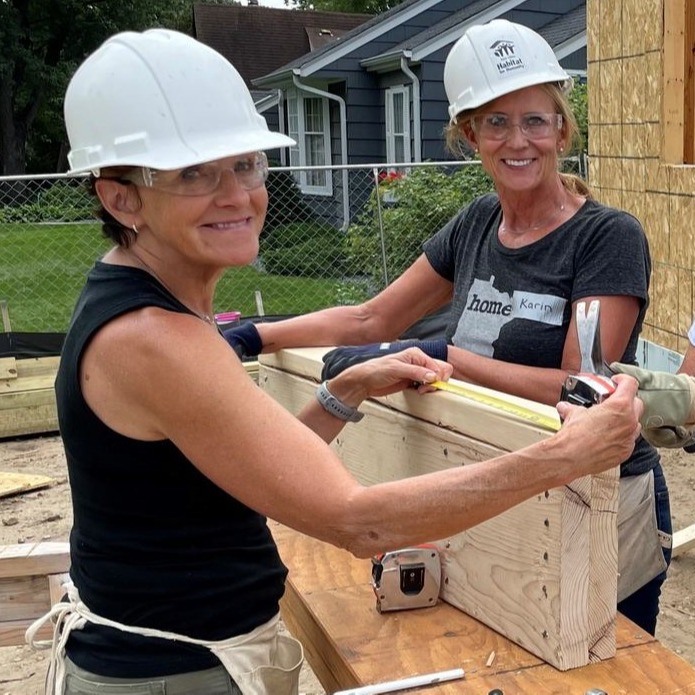
Guest blog by CJ Fitzsimons, Women Build Regular Volunteer and Women Build Steering Committee Member Hello, Women Build Supporters! I hope you...

Guest Blog by CJ Fitzsimons, Women Build Committee Member Over the summer over 700 women came together to build a home in St. Paul! Along the way,...